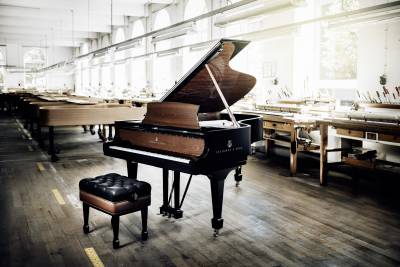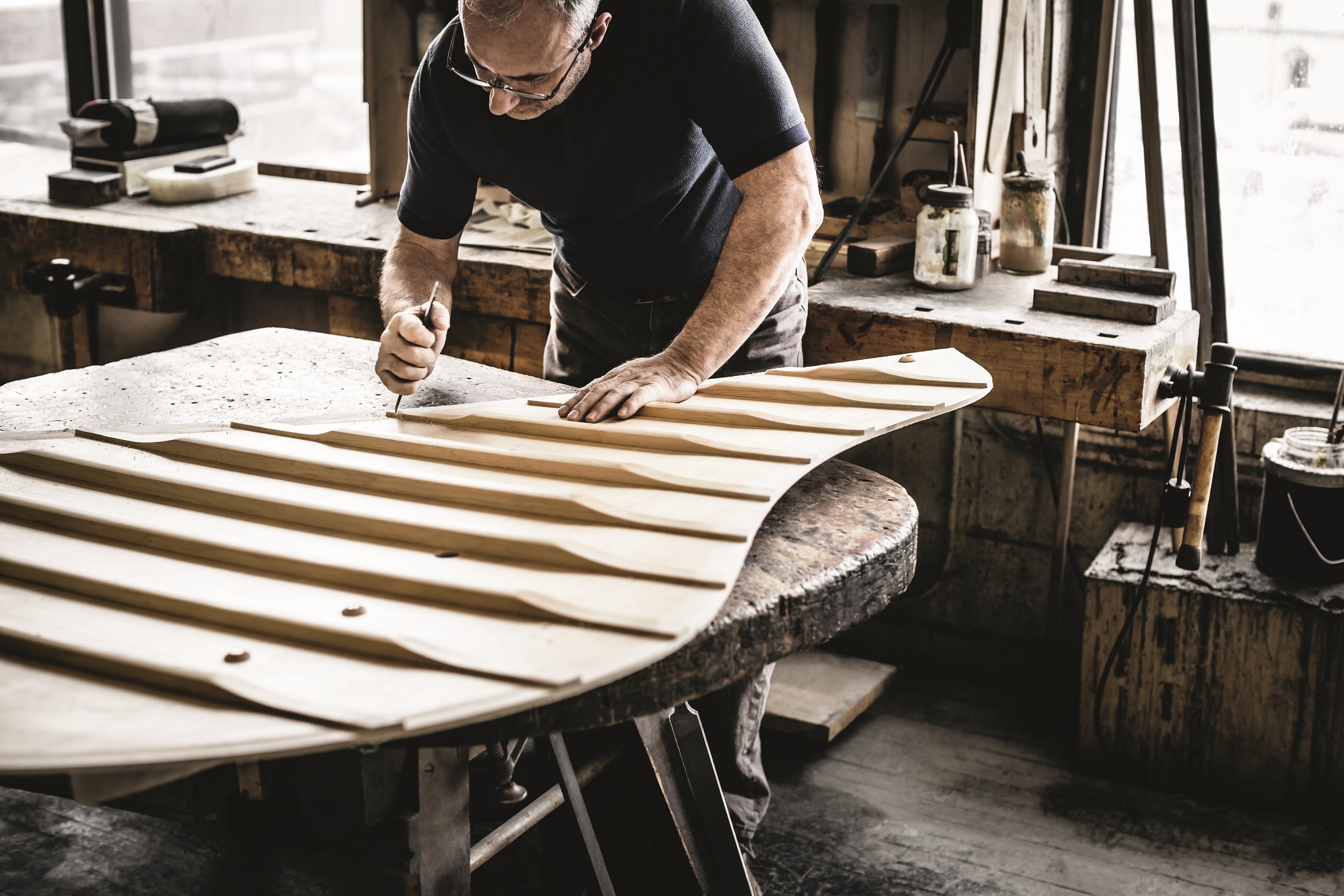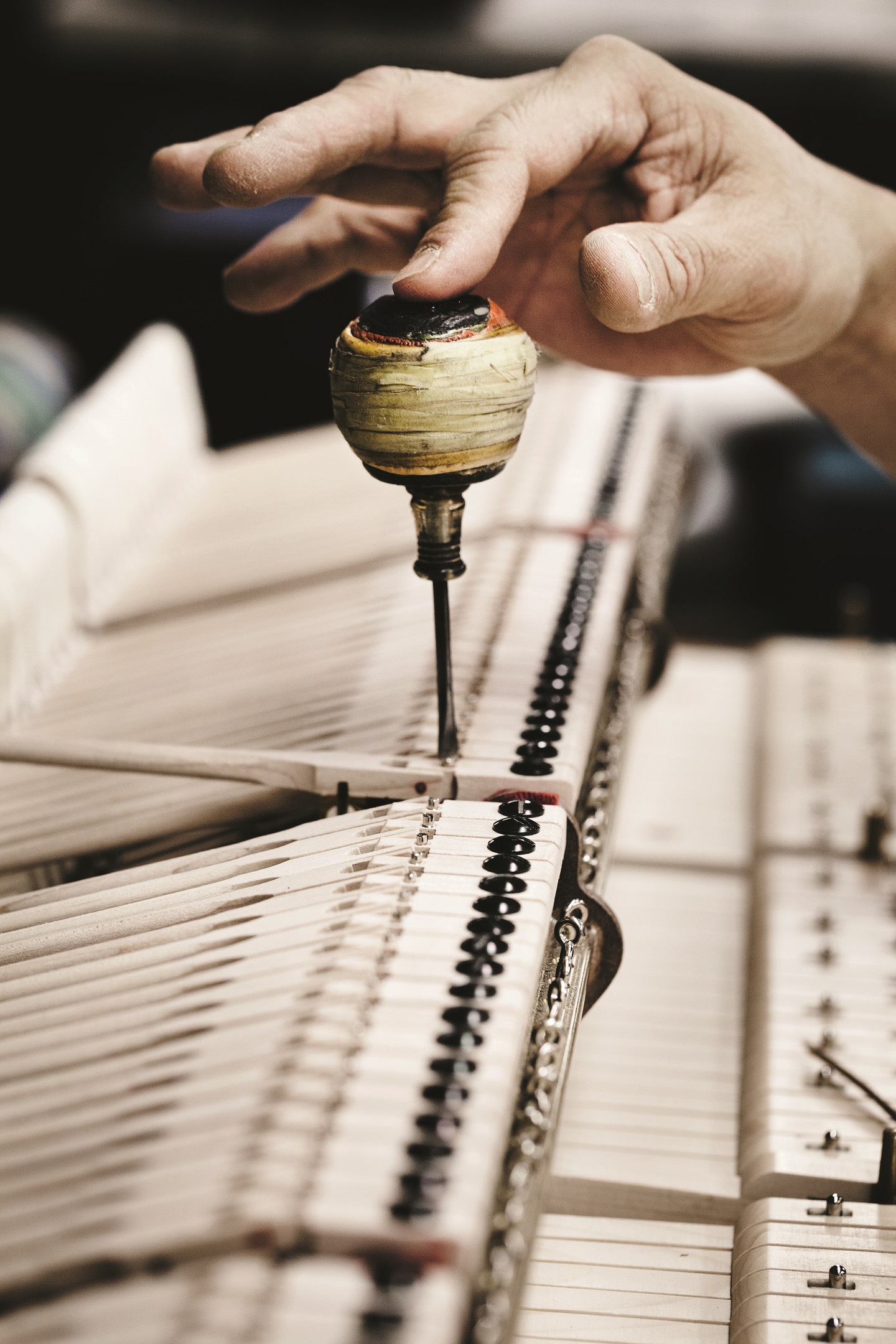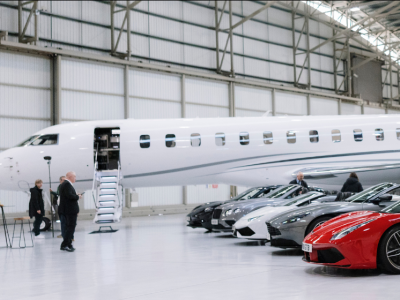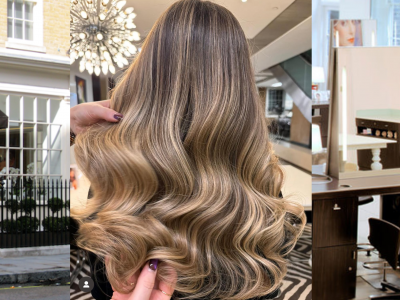Naturally, creating high-quality musical instruments calls for the finest materials, so the process of building a Steinway piano starts with selecting the best wood from North America, Europe and Africa. The wood is allowed to dry naturally, to retain its quality and longevity — the company patiently waits for two years for it to reach a humidity of 15%. After this, the wood is put into a special “oven” to help dry it out to a humidity of 6-8%, at which stage production can start.
“On average it takes one year to build a Steinway piano, each is made up of more than 12,000 different parts and 80% of every piano is hand crafted,” says Zimmermann proudly. As the majority of the piano is handmade, the crafting process itself hasn’t much changed, though modern CNC machines are used in conjunction with traditional techniques to ensure precision.
